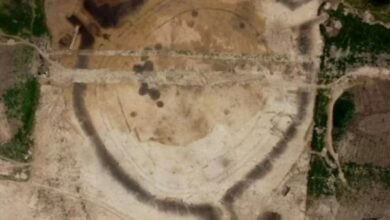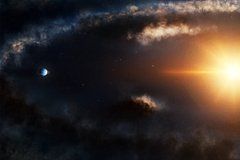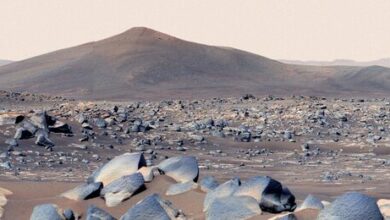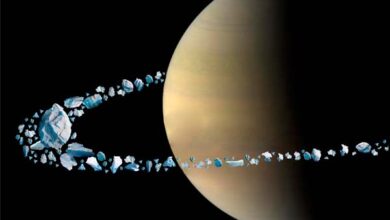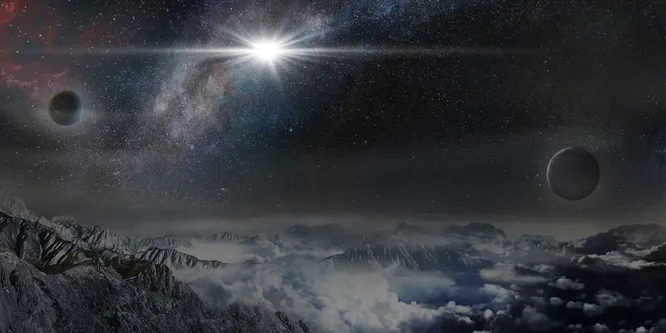
Most powerful supernova explosion in the universe scared astronomers: this outbreak could destroy the Earth’s ozone layer
(ORDO NEWS) — Astronomers do not yet know exactly what exactly they found when studying the ASASSN-15lh object.
But whatever it is, what we have before us is the brightest supernova ever recorded in human history. And maybe one of the strangest.
According to an article published in 2016 in Science, this supernova is located at a distance of 3.8 billion light years from us. It is two or even three times brighter than all supernovae ever recorded in the universe known to us.
How bright is she?
If it were at a distance of 1000 light years from Earth, it would be able to destroy our ozone layer. If it were 3,000 light-years away, it would be brighter than the full moon in the night sky. And if it were at the other end of our galaxy, it would still be visible even during the day.
While scientists do not understand what could cause such a bright flash, but the most likely culprit for such an event is a giant star with a powerful magnetic field 10-100 trillion times more powerful than that of the Earth.
This is the so-called magnetar, a super-powerful variety of a neutron star that emits an intense magnetic field.
Strange fact
This incredibly bright supernova has virtually no traces of hydrogen or helium in the cloud of exploding gas. The researchers say there is evidence in the spectrum for the presence of oxygen, but this has yet to be confirmed.
As the astronomers themselves say, such an anomaly is quite strange, and has not been observed before.
There is another possible reason for this phenomenon: it is likely that the supermassive black hole at the center of the galaxy where the supernova occurred came into contact with a very large star and ripped it apart, resulting in a colossal explosion.
But Todd Thompson, lead author of the published paper, says there are some difficulties. “ASASSN-15lh is unlike any previously recorded case of the destruction of a star by a black hole.
Again, there is no evidence of the presence of hydrogen and helium, which is strange for such a situation.”
But then, perhaps, the most interesting begins. To determine what they are dealing with, astronomers will look at the brightness and spectrum of the supernova.
And if the brightness does not drop over time, then, as Thompson says, “then we will get very worried, because in this case the very classification of this event as a supernova will be in question.”
Thus, then a new explosion, or whatever it is, will become a completely unique and completely incomprehensible event that has never been recorded before in the history of mankind, and science will face a new class of astronomical phenomena that it cannot yet explain.
—
Online:
Contact us: [email protected]
Our Standards, Terms of Use: Standard Terms And Conditions.




